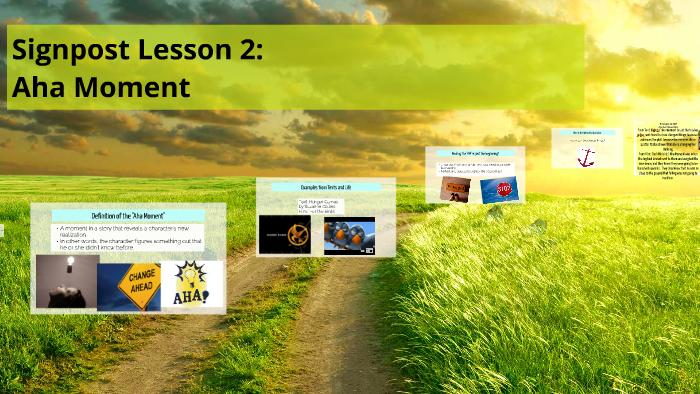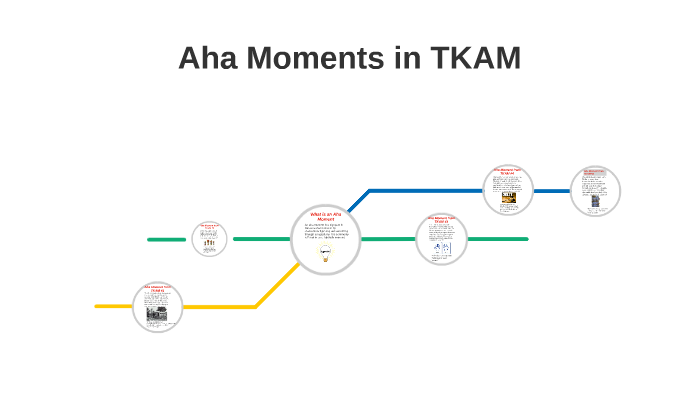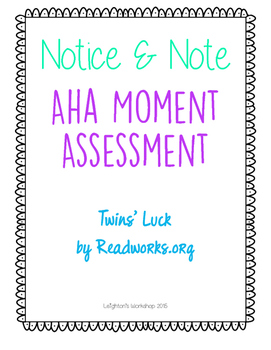

Instead of embracing the push back from students and using dispositions to equip them with skills to handle the uncomfortable learning space. The issue we have found in the learning pit is that students hate it (shock, horror) and sometimes as reflective practitioners we take that as a means to give them a leg up to get out of the pit by changing the approach to the learning because it feels unsuccessful or messy.

For students this is troublesome because for them to truly understand that anyone can lead then they must see themselves as leaders. This might be for students that they might not see themselves as a leader. However the teacher will then push them (figuratively) into the learning pit by applying some cognitive conflict. For example in TC ‘anyone can lead’ students may look at different articles, people, roles around leadership concepts and see if they can put together a leadership profile from commonalities/tends they might see. Threshold concept and different learning provocations are put to the student. Using James Nottingham (2007) learning pit design as an example below you can see how a student can move through the stages of threshold concept learning. Pushing the student into a space where they are having to be uncomfortable and curious. This is exactly what needs to happen within a threshold concept approach to teaching and learning.

Schwartzman (2010) points out that ‘real learning requires stepping into the unknown, which initiates a rupture in knowing’ (p.38). What jewels of your curriculum are relevant for your kura (school)? What do your students struggle to understand when it comes to Health and Physical Education bodies of knowledge? Unpacking these jewels and troublesome knowledge is important as it guides your local curriculum design with your programs. Troublesome knowledge? The best place to start is with your curriculum document. The idea of students gaining knowledge and understanding of aspects of Health and PE curriculum which will transform the way they view the world is what gets me pretty excited about reading theory around Threshold concepts (gasp, horror!) It represents a transformed way of understanding, or interpreting, or viewing something without which the learner cannot progress’. Jan Meyer and Ray Land (2003) explain them to be: ‘as akin to a portal, opening up a new and previously inaccessible way of thinking about something. What is a Threshold concept? Threshold concepts are basically big conceptual ideas that once are understood (we like to call these AHA moments for the students) it changes the way a person thinks about an idea of learning. But to a student who is a novice and brings their own perspectives and experiences of Health and PE these statements can seem quite troublesome. At face value they may seem quite a simple idea to the trained eye of a HPE educator. These are examples of threshold concepts (AHA moments) for HPE at RSHS. Learning a new skill requires courage Well being is holistic, Anyone can lead Whakamana is an everyday activity. Assessment and learning needs to be connected in meaningful ways to help students and teachers appreciate the significance and bredith of bodies of knowledge within our learning area. Not that assessment is a bad word, it is important, however if it is the sole focus students are only engaging in a snapshot of our HPE curriculum area. The idea of threshold concepts has helped move students (and teachers!) away from course design that is solely focussed on assessment. Threshold concepts at Rototuna Senior High (RSHS) have become integral in our course design, we are a senior school with years 11-13 only.


 0 kommentar(er)
0 kommentar(er)
